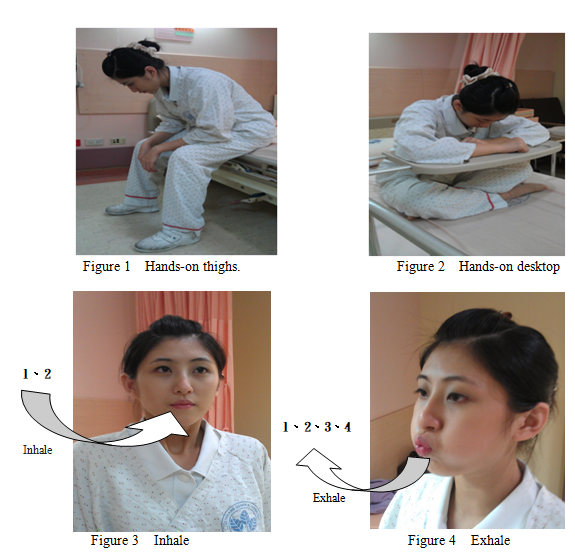【Learning points】
- Pursed Lip Breathing is a breathing exercise that can be performed at any time in daily life
- Pursed Lip Breathing is using “circular lip breathing" to exhale slowly
Pursed Lip Breathing is a breathing exercise that can be performed at any time in daily life. It should be practiced regularly to help the gas to enter and exit the airway smoothly, increase lung function, and relieve discomfort when shortness of breath.
I.What is Pursed Lip Breathing ?
Pursed Lip Breathing is using “circular lip breathing" to exhale slowly, with benefits as follows:
Keeping constant pressure in the airway and preventing small airway collapse
during exhalation.training of respiratory muscle power to increase gas exchange function and reduce anxiety with the assistance of relaxation skills Decreasing respiratory rate to relieve the dyspnea after daily activities, such as walking or toileting
II.Operating methods
- Choose a comfortable posture and relax your shoulders.
- May use oxygenation during the practice, which may reduce the working load of breath and make it comfortable.
- Sit straight, lean forward, with hands put on thighs (Figure 1) or the desktop during the practice (Figure 2).during inhalation, breathe through your nose (Figure 3), close your mouth to avoid drying, and count 1,2 in silence. during exhalation, purse your lips, spit out the air through the mouth slowly like blowing out the candles, and count 1,2,3,4 (Figure 4).in silence to keep the length of exhalation twice the inspiration. After several times of practice, you will feel easier and smoother.
- 10 minutes for every practice, four times a day(morning, noon, afternoon, evening). Avoid practicing within an hour before and after meals to prevent choking and causing aspiration pneumonia

III.Conclusion
Pursed Lip Breathing is a simple and easy-to-execute home exercise. Through daily practice, it can reduce the symptoms of dyspnea after exercise, thereby improving the quality of life.
IV.Reference
- 臺灣胸腔暨重症加護醫學會(2019)‧2019台灣肺阻塞臨床照護指引,01-182。
- 臺灣胸腔暨重症加護醫學會(2019)‧台灣肺復原實務指引,01-177。
噘嘴式呼吸指導Pursed Lip Breathing guide
Let's take a test to confirm that you have a thorough understanding.
評語
統計結果不開放
請登入後才可以評分
未登入或權限不足!
- 位置
-
- 資料夾名稱
- English
- 上傳者
- 李怡靜
- 單位
- 中榮護理衛教
- 英文名稱
- Pursed Lip Breathing guide
- 分類
- 治療
- 科別
- 胸腔內科
- 癌症照護
- 否
- 建立
- 2024-01-24 00:14:08
- 制訂日期
- 2016-07-21
- 最近修訂
- 2024-03-19 11:52:00